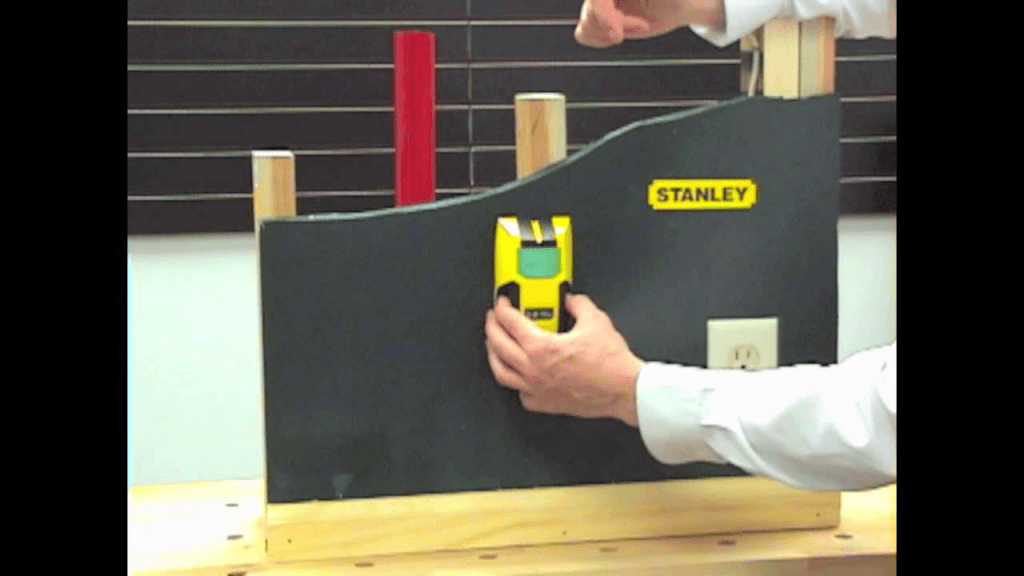
Welcome to our article answering the question, “Can a stud finder find a microchip?”
If you have owned a pet before or currently own one, you know the importance of installing microchips in the animal, and how it helps locate them. While it helps to have tags or collars, it also helps to install the chips so that you can find your lost pets.
However, when you come across a lost pet yourself, you would want to figure out whether it has a microchip, so that you can take them back to their owners – a very common case. However, can you find these chips using stud finders? We discuss all that in this article.
What Are Microchips?
These are small-sized integrated circuits, which are used to identify animals and objects. They’re also known as Passive Integrated Transponder tags (PIT). You inject them under the animal’s skin, and they remain embedded in the fur until you remove them manually.
They are very small in size, usually about the size of a large rice grain. They use Radio Frequency Identification (RFID) technology to locate animals, and they include ear tags that identify ranch and farm animals like horses.
How To Know If An Animal Has A Chip
The good thing about microchips is that they are unique in their number sequences, and the number your pet has is always in the official central database registry. The data includes the description of the animal, as well as the contact details of the owner (the name, contact phone, address, and so on). When you pass a scanner over the microchip.
Here are some pointers to help you know if a pet has a microchip.
Look to see if the dog has a tag
If the animal wears a collar, you can check to see if there is a tag that indicates the presence of a microchip. Since different companies make these microchips, they will issue a special tag to the owners, and the owners will attach the tags to the dogs to alert others that there is a microchip in the animal. This also helps to deter people who might want to steal the dog, as there is evidence that the dog belongs to someone else.

If there is no microchip tag on the collar, you can check if there is a tag that indicates there is a microchip. This will only indicate that the dog has a microchip. Scan it to find the owner’s personal details, which are not on the tag itself.
Feel the animal to see whether there is a microchip
If the dog does not have the collar or tag, you can try to feel for the microchip – gently. The microchip will come encased in a coating comprised of Perspex, and it looks like a grain of rice – both in shape and size. Do keep in mind that the method is not foolproof though, and you might not feel the chip due to a variety of reasons.
A microchip is always in the animal’s neck, around the area of their loosest skin, which is near their shoulder blades. This is the best place to begin searching for the chip. However, also note that a microchip will embed in the body, which also means its actual position can be slightly different from the original site the longer it remains in the animal.
Scan the dog
If you fail to find the chip using the first two methods, it is best to scan the dog and make sure it has a chip inside it, and also helps to find the contact information of the owner. X-rays can also help, because microchips will always appear during the scan, as well as indicating whether the chip still works or not.
If you are using a scanner, switch it on and hold it an inch above the skin, while moving it slowly vertically. Start with the shoulder and neck areas, since this is likely where the chip is – and if you fail to find it, move to the other body areas and do the same thing. Do this until it begins beeping, which should indicate that a microchip is present in the animal.
Using Stud Finders To Find Chips
This might seem like a strange method of searching for a microchip, but it can actually help – even though the method is not different from using a scanner. However, it will not help you know the information within the chip itself. So you will need to contact the nearest shelter or your vet to make sure the animal has a microchip.
Final Thoughts
Using a stud finder to locate a microchip in an animal is roughly the same as using a normal scanner, and it can prove useful when you are searching for information about a pet and where it comes from.

